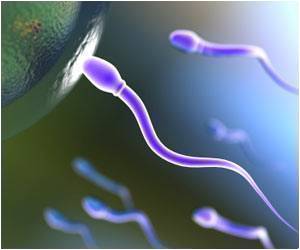This detailed study may have just uncovered a few more clues to unlocking how the female climax really works.

‘A woman's erotic body map is not etched in stone, but rather is an ongoing process of experience, discovery and construction.’





A new review by Concordia research published in Socioaffective Neuroscience & Psychology details the vast potential women have to experience orgasms from one or more sources of sensory input. In the review, senior author Jim Pfaus, a psychology professor from the Faculty of Arts and Science, and his co-authors -- Concordia graduate students Gonzalo Quintana Zunino and Conall Mac Cionnaith, as well as Mayte Parada from McGill University -- look into the evolution of the clitoral versus vaginal orgasm debate.
So, it’s not only about the vaginal versus clitoral debate, but now the “external clitoral glans, the internal region near the G-spot, the cervic and sensory stimulation of non-genital areas such as the nipples” can induce an orgasm. On top of that, different partners, sounds, setting and experiences can also play a role in a woman climaxing, and what their orgasm is like.
With experience, stimulation of one or all of these triggering zones are integrated into a ’whole’ set of sensory inputs, movements, body positions, arousals and cues related to context," Pfaus says.
That combination of sensory input is what reliably induces pleasure and orgasm during masturbation and intercourse. That said, we think it’s likely this changes across the lifespan, as women experience different kinds of orgasms from different types of sensations in different contexts and with different partners.
Source-Medindia









